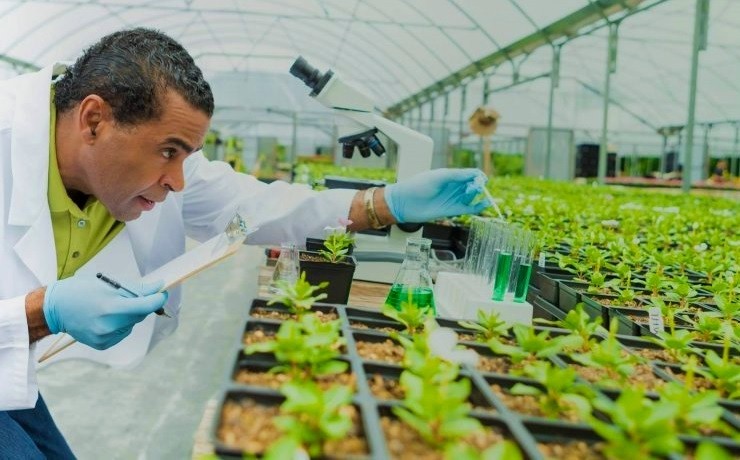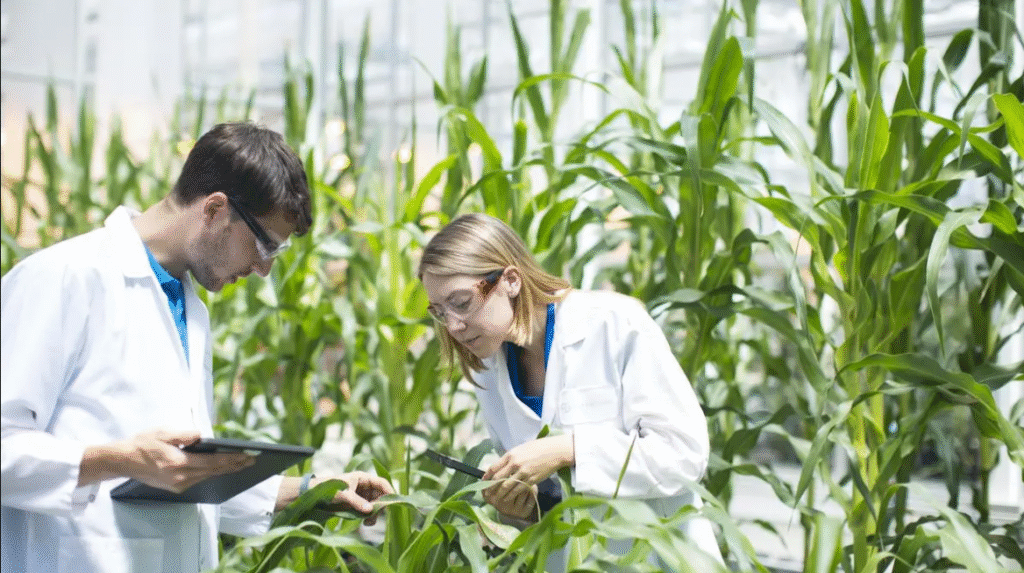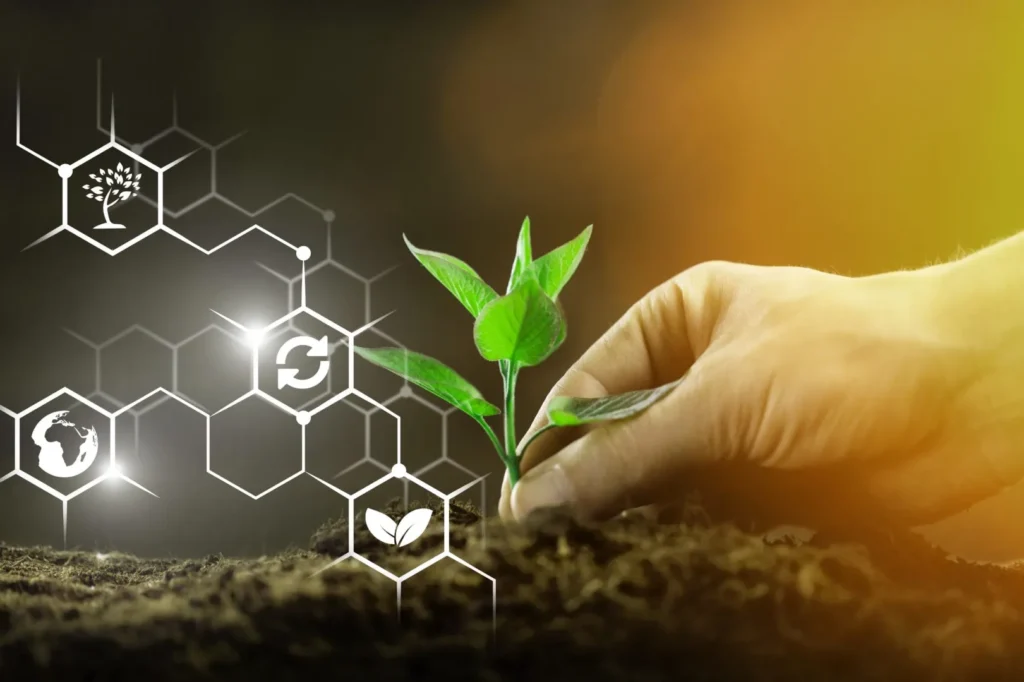Physical Address
304 North Cardinal St.
Dorchester Center, MA 02124
Physical Address
304 North Cardinal St.
Dorchester Center, MA 02124

Farms of the future may look different than they do today, but their core purpose remains the same: feeding a growing global population. As we face challenges like climate change, resource scarcity, and evolving consumer demands, traditional farming methods alone are not enough. This is where agricultural biotechnology or agro biotech, steps in. It offers a powerful set of tools to create more resilient, productive, and sustainable food systems.
This field combines biological sciences with agricultural practices to improve plants, animals, and microorganisms. From developing drought-resistant crops to enhancing the nutritional value of our food, the applications are vast and transformative. We will explore the core concepts, techniques, and real-world impact of this essential science.
At its heart, agricultural biotechnology is the use of scientific tools and techniques to modify living organisms for agricultural purposes. This includes everything from selective breeding, which farmers have practiced for centuries, to advanced genetic engineering. The goal is to develop crops and livestock that possess desirable traits, such as higher yields, resistance to pests and diseases, or better nutritional profiles.
The role of biotechnology in crop improvement is particularly significant. Scientists can identify and transfer specific genes that control beneficial traits, accelerating a process that would take generations with traditional breeding. This precision allows for targeted improvements that address specific agricultural challenges efficiently.

While biotechnology encompasses a wide array of methods, two foundational techniques stand out due to their precision and widespread use: genetic engineering and tissue culture.
Together, these methods form the backbone of modern agro biotech, enabling rapid advancements in crop and animal agriculture.
The potential applications of biotechnology in the agricultural sector are extensive. Understanding what is the scope of biotechnology reveals a future where we can produce more food with fewer resources. The field can be broadly categorized into three main areas: plant, animal, and microbial applications.
The most visible impact of agricultural biotechnology is in crop production. Through genetic modification and advanced breeding techniques, scientists are developing plants that can thrive in difficult conditions.
While often more debated, animal biotechnology holds significant promise for improving livestock farming. It’s important to define animal biotechnology clearly. The animal biotechnology definition refers to the use of scientific techniques to genetically modify animals for agricultural, medical, or industrial purposes.
In agriculture, this includes:
Beyond direct modification of plants and animals, biotechnology also plays a role in processing. Biocatalysis and agricultural biotechnology intersect in the use of enzymes and microbes to create value-added products. Enzymes can be used to convert biomass into biofuels, create biodegradable plastics from plant starches, or improve the quality of animal feed, making it more digestible. This branch of agro biotech focuses on sustainability and creating a circular economy within agriculture.

As with any powerful technology, agricultural biotechnology comes with questions and responsibilities. Here are some key biotechnology facts to consider:
For those interested in a deeper dive, resources like an agricultural biotechnology course or academic papers found in an “agricultural biotechnology pdf” search can provide detailed information. Similarly, an “agricultural biotechnology ppt” presentation can offer a visual overview of key concepts.
Agricultural biotechnology is more than just a scientific discipline; it is a critical component of the solution to global food security. By harnessing the power of genetics and biological processes, we can create a more resilient and productive agricultural system. The role of biotechnology in crop improvement and animal husbandry is already proven, with innovations that help farmers grow more food on less land and with fewer inputs.
The journey of agro biotech is ongoing. As research continues, the scope of what is possible will only expand, offering new ways to feed our world sustainably and nutritiously. This field represents a convergence of human ingenuity and natural potential, working together to cultivate a better future for everyone.